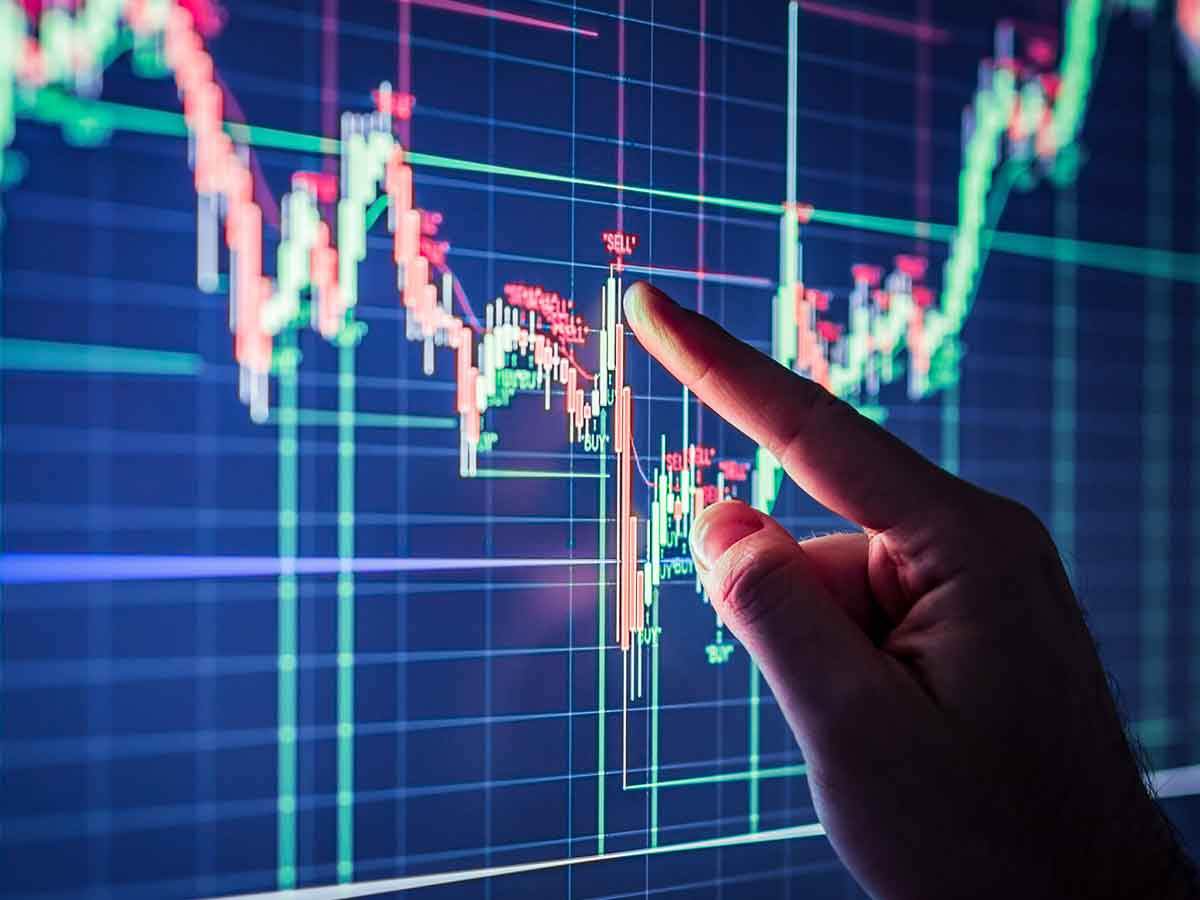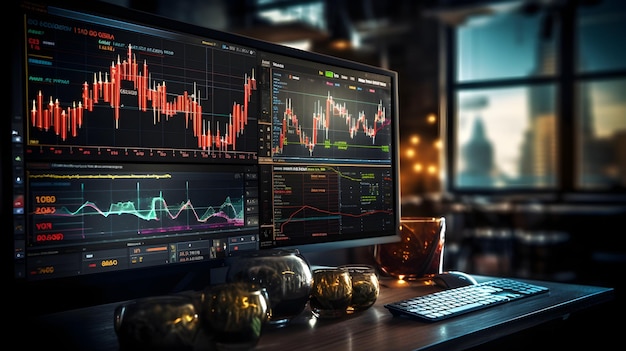In the fast-paced world of finance, automated trading has emerged as a game-changer, offering investors the opportunity to capitalize on market movements with unprecedented speed and efficiency. But what exactly separates successful automated trading strategies from the mediocre ones? The answer lies in a set of key indicators that serve as signposts on the winding road of algorithmic trading.
These indicators not only reflect market conditions but also provide crucial insights into price trends, volatility, and liquidity. As traders seek to harness the power of technology to outsmart the markets, understanding these indicators becomes essential.
From technical analysis to market sentiment, the landscape is fraught with complexity, yet it presents opportunities for those who can navigate it wisely. In this article, we will delve into the top indicators that can help elevate your automated trading game, paving the way for informed decision-making and enhanced profitability.
Prepare to explore the intricacies of market dynamics, and discover how the right indicators can transform your trading strategy into a formidable force in the ever-evolving financial arena.
Understanding Trading Indicators: The Backbone of Automated Strategies

Understanding trading indicators is essential for anyone delving into the realm of automated strategies. These indicators function as the analytical backbone of trading algorithms, providing critical data points that inform decision-making processes.
Imagine a sailor navigating through uncharted waters—indicators are like the stars that guide the ship, illuminating potential opportunities and risks. From the oscillating rhythms of moving averages to the sharp signals of momentum indicators, each tool offers a unique perspective on market trends.
As traders integrate these indicators into their automated systems using automated trading strategies, they unlock a tapestry of insights, deftly balancing historical performance with present-day conditions. The interplay of diverse indicators can unveil hidden patterns, enabling a more nuanced approach to trading that transcends mere speculation.
Ultimately, mastering these tools transforms an average trading strategy into a finely tuned instrument capable of thriving in the ever-fluctuating ocean of financial markets.
Average True Range (ATR): Measuring Market Volatility

The Average True Range (ATR) is a pivotal tool for traders seeking to gauge market volatility. Born from the need to understand price fluctuations, ATR calculates the average range between high and low prices over a specified period, providing a tangible measure of market movement.
As traders venture into the tumultuous waters of financial markets, this indicator offers insight that goes beyond mere price action. A soaring ATR might signal heightened uncertainty or exuberance, while a waning ATR could indicate a calm before the storm.
This dual nature of ATR makes it invaluable, particularly for automated trading systems that thrive on precision and clarity. By incorporating ATR into their strategies, traders can better position themselves to ride the waves of volatility, making informed decisions in an ever-changing landscape.
Future Trends: The Role of AI and Machine Learning in Indicator Development
/Evolution%20of%20Machine%20Learning%20and%20Algorithmic%20Trading%20in%20Capital%20Markets%20Unleashing%20Intelligent%20Financial%20Strategies.jpg)
As we look ahead, the integration of AI and machine learning in the realm of indicator development is set to revolutionize automated trading strategies. These cutting-edge technologies will enable traders to analyze vast datasets with unprecedented speed and precision, identifying patterns that were previously obscured.
Picture algorithms that learn and adapt continuously, refining their predictions based on real-time market conditions—this dynamic evolution will not only enhance traditional indicators but also pave the way for entirely new metrics. Moreover, the ability to harness sentiment analysis from social media and news feeds will allow traders to gauge market emotions, turning qualitative data into quantifiable insights.
Yet, the landscape is not without challenges; the complexity of these systems requires a thoughtful approach to ensure robustness and prevent overfitting. Overall, the convergence of AI and machine learning promises a future rich with innovative trading indicators, transforming market analysis into a more intuitive and responsive process.
Conclusion
In conclusion, successful automated trading hinges on a careful analysis of key performance indicators that can significantly influence trading outcomes. By understanding and leveraging metrics such as profitability, risk-adjusted returns, and drawdown limits, traders can refine their automated trading strategies to align with their financial goals and risk tolerance.
Additionally, continuous monitoring and adaptation to market conditions further enhance the effectiveness of these strategies. Ultimately, embracing a thorough, data-driven approach ensures that traders are well-equipped to navigate the complexities of the financial markets and maximize their potential for success.


